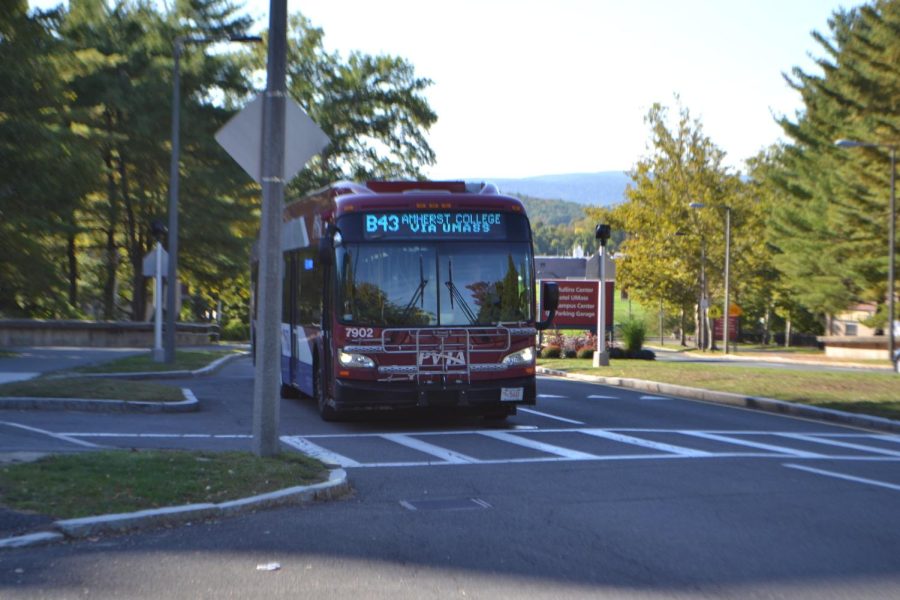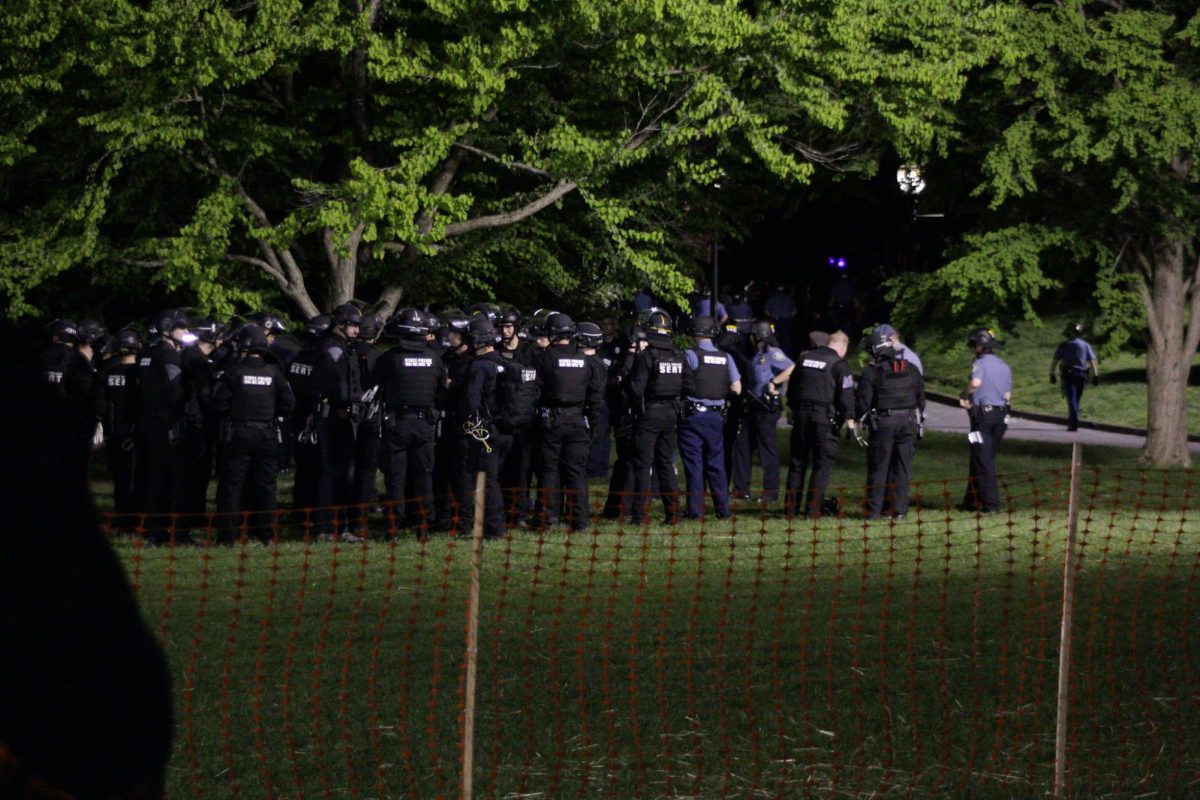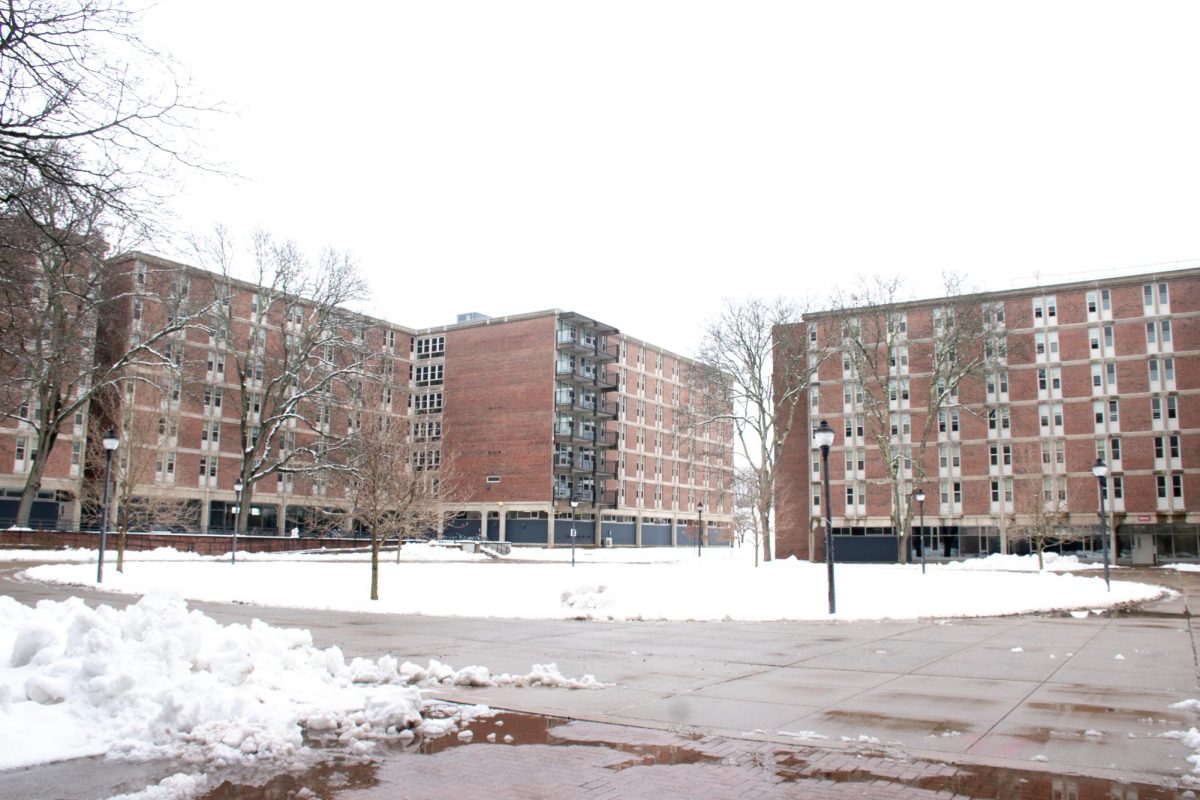Ask yourself this: How many times have you seen someone almost get hit by a car or bus on North Pleasant Street?
The answer to that question is probably “almost every day.” It certainly is for me, as someone who’s been a student here at the University of Massachusetts these last four years, I’m surprised I haven’t witnessed an accident, based on the number of times I’ve seen someone start running on the crosswalk without looking both ways first.
Let me ask you another question: How many times have you been late to class because traffic on your way to class was a complete standstill? Probably very often as well, I’m guessing.
Whether you’re taking a bus or car, North Pleasant Street is completely unnavigable at certain times of the day, if not the entire day until sundown. As someone who lives off-campus in northern Amherst and takes the bus to and from classes, I’m forced to deal with gridlock constantly. I’ve found one issue to be at the root of it all: crosswalks.
UMass has an anarchic system of right of way where buses, and less commonly cars, will stop at the crosswalks if there’s anyone within spitting distance, causing the traffic behind them to build up. Or, as stated earlier, people will start walking without looking both ways and force vehicles to brake suddenly to avoid hitting them.
This becomes a positive feedback loop where just as the crosswalk looks to be clear, someone else has just started walking across it, and so on. Then, once the vehicle finally gets the chance to cross, there are 10 other people on either side of the road waiting to cross, and the vicious cycle continues.
Walk signs would serve as an easy solution to this major traffic problem.
It makes much more sense to put these signs on North Pleasant Street where people are actually walking, driving and taking the bus to class than on the less busy road near Mullins. Or there could be a special traffic light system, in which the light only turns red when the walk button is pressed. Of course, there’d need to be a reasonable amount of time that it stays green so it doesn’t unintentionally extend the problem of constant foot traffic disrupting vehicles.
Even though the lights may stop traffic, it’d definitely be faster (and safer) than just letting a steady stream of people walk across the road with nothing but politeness dictating the right of way. There’d be much less congestion on the roads since vehicles would stop less often every time they came up to one of the five crosswalks in between the Design Building and the Lederle Graduate Research Center.
For those who doubt this system’s feasibility, my high school implemented a light system virtually identical to this with a one lane road and a traffic light that only turned red at the push of a button. There would be periods in which vehicles could flow freely through the road even during busy hours. A steady stream of students across the crosswalk would be the equivalent of the light being protractedly red, only turning green for about five seconds to allow one car through at a time.
If my high school of 1, 200 people was able to implement a solution to this problem, I see no reason why a campus of 30,000 people can’t do the same. Keep in mind that both students are paying to go here and this system has already been installed on another part of the campus.
Having only one major road improves walkability, something UMass prides itself on. However, those of us without the luxury of living within walking distance of classes don’t get to experience all its benefits. For me, and plenty of other off campus students, taking a car or bus to class is all but essential due to how far away our apartments are from campus.
All I ask is that UMass institute some kind of signal to determine the right of way. Students and pedestrians are frustrated with the current situation, and for good reason. It’s unsafe, grinds traffic to a halt and regularly makes people late for classes. Hopefully the institution of this kind of system produces fewer traffic jams and for less time, an improvement that would help UMass’ student body immensely.
Will Duffy can be reached at [email protected].




















Dale Leone • Feb 17, 2022 at 12:27 pm
I agree that the light system would almost definitely ensure accident risk decrease. However, pedestrians should still have the right away. College campuses should be centered around walkability, and quite frankly, all cities should. Those who drive should plan accordingly to traffic.